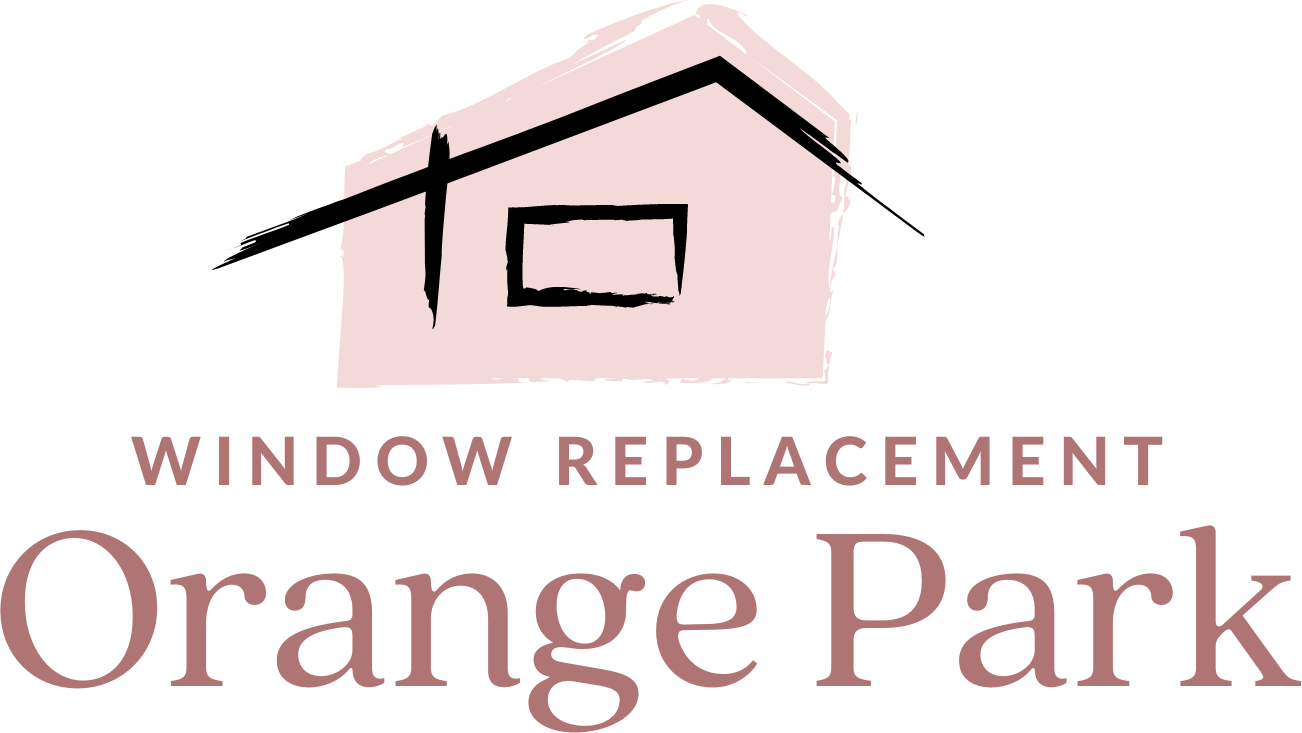Upgrading your home’s windows is an important investment. Choosing the right style, material and installation method will protect your property value and energy efficiency. Look for a company with a state glazing, general or residential license and local references.
ENERGY STAR windows have low air leakage and thermal transfer ratings. They also block harmful UV rays that fade carpet, draperies and woodwork. They are available in double-pane or triple-pane designs with argon gas in between the glass.
ENERGY STAR windows
When it comes to energy efficiency, ENERGY STAR windows are among the best on the market. According to the EPA, these window replacements can reduce household energy costs by an average of 13%.
A ENERGY STAR rating is determined by the National Fenestration Rating Council (NFRC). The U-factor and solar heat gain coefficients of these windows are tested to determine their energy performance. They also use a number of other criteria, including air leakage and visible transmittance.
It’s important to work with a local window installation company that specializes in energy efficient products. They will understand the local climate and energy rates and help you qualify for tax credits. You should also stick to the manufacturer’s installation instructions. This will avoid voiding your warranty.
Argon windows
Choosing the right window materials and frames is a crucial part of a successful installation. The frame material and how skillfully it’s installed can significantly affect your windows’ longevity. Aluminum frames are durable and work well with Florida’s climate, while wooden frames add a natural aesthetic and can withstand harsh weather conditions.
Adding argon gas to double- and triple-paned windows improves energy efficiency by eliminating air currents that occur when differing temperatures meet between glass panes. Argon is colorless, odorless, and inert and doesn’t pose any health risks for homeowners.
While argon is less dense than other insulating gases like krypton, it’s still an effective option for home owners looking to reduce energy bills. It also blocks ultraviolet rays, which can damage fabrics and furnishings over time.
Impact windows
During severe storms, flying debris can smash into your home and cause significant damage. The only way to prevent this type of disaster is with impact-rated windows and doors.
This option combines strong frames with laminated safety glass. The sturdy glass and plastic layers make it much less likely to shatter during heavy winds or forceful impacts. This makes it a good choice for homes in high-velocity hurricane zones.
They also improve insulation and block out UV rays. As such, they can help you slash your energy bills. In addition, their durability and security features can increase your home’s resale value.
Full-frame installation
Full-frame installation is the ideal window replacement solution for homeowners who want to transform their home. This process removes the existing frame and sash, which allows for a thorough assessment of any water damage or insulation problems in the wall surrounding the window. It also ensures a perfect fit between the new frame and sash, which boosts energy efficiency.
However, full-frame replacement is usually more expensive than insert replacement. It is still a better option for homeowners who want to increase their natural light and improve ventilation. Moreover, it offers the flexibility to change window styles and sizes. Besides, full-frame windows offer superior energy efficiency due to the fact that they have no gaps or leaks. They also reduce the chances of condensation buildup, which can cause mold and mildew growth.
Pocket installation
Pocket windows are the ideal option for homeowners with structurally sound frames who want to improve energy efficiency or upgrade aesthetics. The installation process is relatively quicker and less invasive than full-frame replacement, which can be beneficial for those on a tight schedule. However, homeowners should consider their home’s current condition and insulation before deciding on pocket window replacement.
Full-frame installation involves removing the existing frame, trim, and siding down to the bare opening in the wall, which offers more flexibility for style changes and addressing structural issues. By contrast, pocket installation keeps the current interior and exterior trim and only replaces the window sashes. This approach is less invasive but may result in a small reduction in the overall glass area and visibility.
